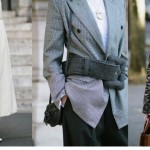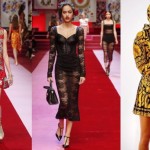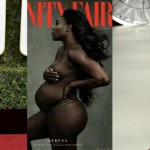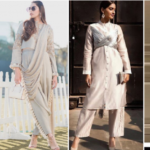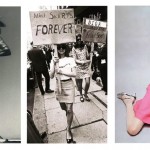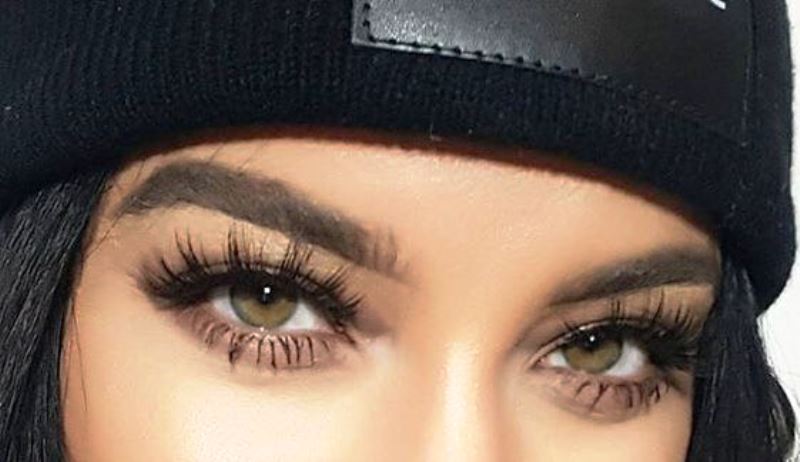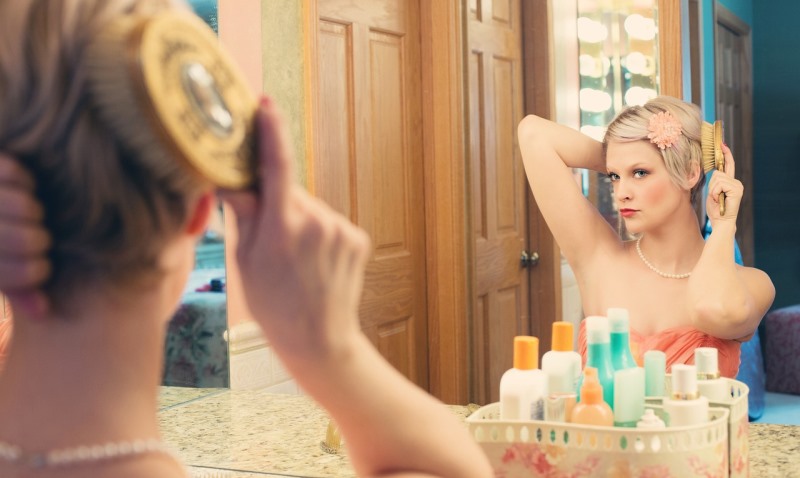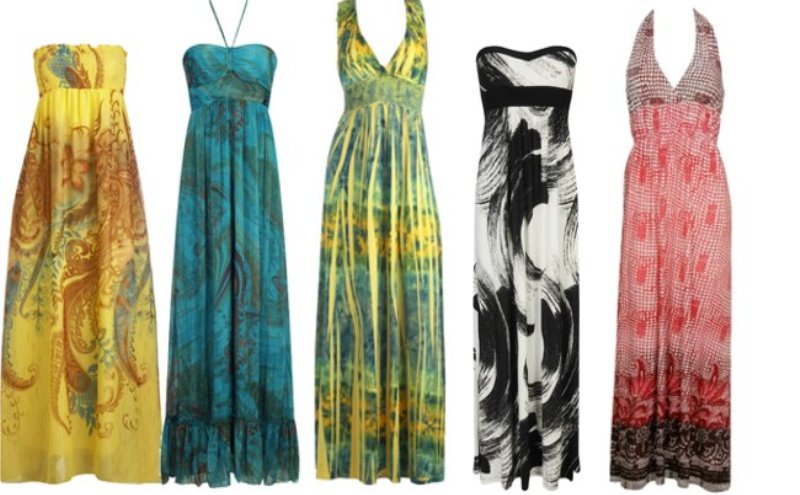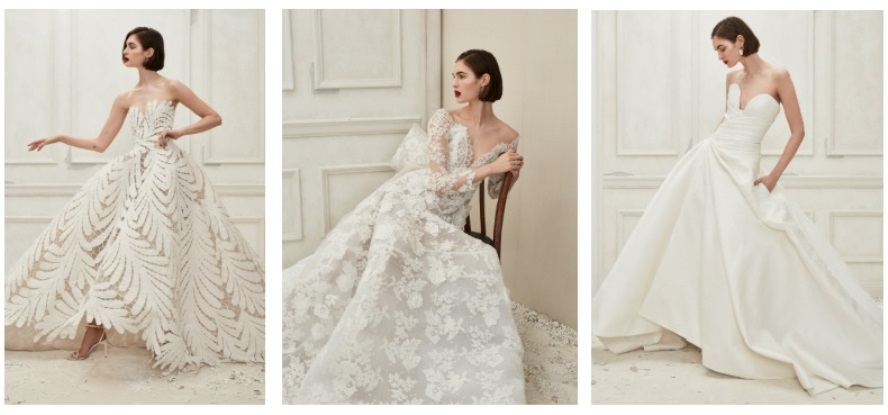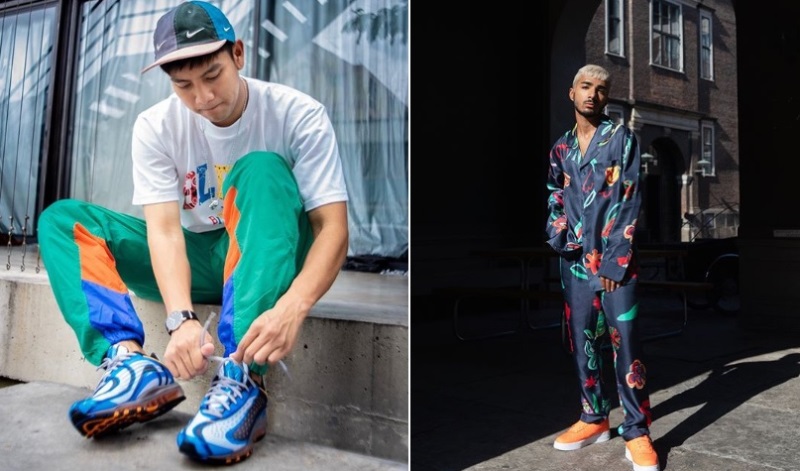Twenty, or even ten years ago, could you have imagined seeing a model who wasn’t young and stick-thin on the ramp? It was practically impossible. However, the winds are shifting and there is a definite change coming into the fashion industry in terms of inclusivity. More and more models who were, until this time, conspicuously absent from the ramp, are now being represented, and this representation in the modeling industry is being welcomed as a positive change.
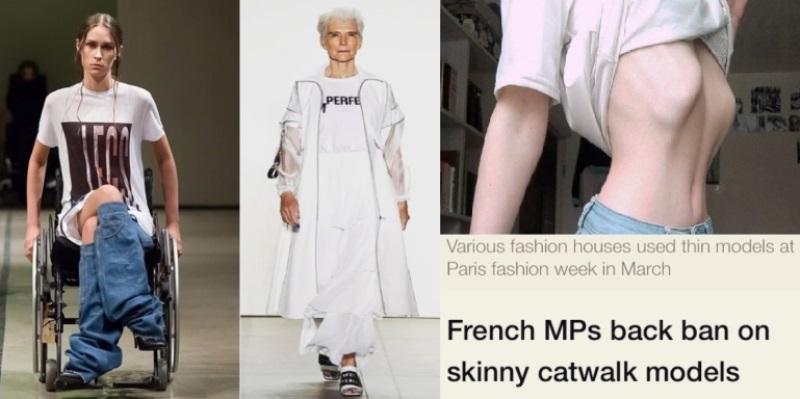
Images source: Instagram
The problem is, with the advent of mass media, this particular industry has gained immense popularity. It is perhaps one of the most influential industries in the world, which affects everyone in some way or the other. Because of the prominence that the industry has gained, it is also natural for people everywhere to want to emulate the standards of the fashion world; for it propagates the notion that the people who walk the ramp are “models” for others, in the literal sense of the word. They are to be followed and imitated and idolized, because they are what the “perfect people” should look like.
Suggested read: Acid Attack Survivor, Reshma Qureshi, Is The Face Of India At New York Fashion Week
This notion has been blown so drastically out of proportion, that a ridiculous body image is now widely accepted as the ideal body type. This is physically and mentally harmful, not only for the people actively working in this industry, but also for the part of the population who feel the need to be like them, in order to be accepted.
This trend of course, let loose Pandora’s Box. Body image issue is only the tip of the iceberg, because people have even been driven to starvation, anorexia, depression, other eating disorders and sometimes even suicide, because of the need to conform to the image portrayed by mass media.
However, all is not lost, because the adverse affects of this industry has finally been addressed, and is being tackled in several countries by their respective administrations. The most recent good news came from France, where the government issued a ban on anorexic models.
France’s ban on anorexic models
Models in France are now required to provide a BMI report from a doctor, showing that they are of adequate weight, in order to become models. Along with banning super thin models, France has also issued a ban on retouched photos, which is another menace climbing its way into the daily life of regular people. The psychological affect that happens when you are not happy with the way you look, compelling you to digitally alter your looks to appear “perfect”, has such drastic effects that the ban comes at a very opportune time to restrict further damage.
Marisol Touraine, who is the Minister of Social Affairs and Health in France, said this to French Media when asked about the ban,
“Exposing young people to normative and unrealistic images of bodies lead to a sense of self-depreciation and poor self-esteem that can impact health-related behavior.”
But, why are experts calling this a right move, but a wrong approach? Why do some people in the modeling industry think that this ban will, in fact, cause an unfairness of a different kind? Let’s find out.
Ban on anorexic models based on BMI not the right way forward?
Claire Mysko, Director of Programs for the U.S. National Eating Disorders Association, told VOA why the Body Mass Index cannot be exclusively used as the measure of one’s health. She said,
“Just because someone is at a very low BMI doesn’t mean that they have an eating disorder, and just because someone’s in the normal range or even in the high range of BMI doesn’t mean that they don’t have an eating disorder either.”
Though the intention behind the ban is being lauded, specialists are concerned about how the screening process being adopted to select models, is not a very holistic one. They believe a proper system that takes into consideration the attitudes and behaviors of models toward food, weight as well as body image, is required.
Mysko further added,
“I think it’s really important that we take eating disorders seriously. I am happy to see worldwide that there is a shift in that direction. I think we just need to be very careful and look at the effectiveness of these solutions.”
Katrina Mason, who is the policy director at Eating Disorders Coalition in Washington D.C., believes that eating disorders should be taken up as a concern of top-most priority in public health.
She says,
“We know that there are a lot of different factors, and just measuring BMI isn’t necessarily a good factor in determining whether someone is or is not having a disordered eating lifestyle.
I think we would say that there are other factors that should potentially be taken into account.”
In its mission statement, the Council of Fashion Designers of America, which was formed in 2007 to take up the concerns of models who are underweight, mentions,
“Eating disorders are emotional disorders that have psychological, behavioral, social, and physical manifestations of which body weight is only one.”
Suggested read: A Look At The Most Popular Plus Size Modeling Agencies And Their Ethos
It’s not just about the models
The ban introduced in France does not only concern the health of models, but also attempts to initiate a broader crackdown in the country, where more than 40,000 of its people have been reported to be suffering from anorexia.
The prohibition on retouched photos is also an attempt in this direction. It makes an effort to target websites which falsely advertise excessive thinness and ideals of beauty which are not real, in the truest sense of the word, thus contributing to disordered eating.
According to Dr. Tania Heller, Medical Director of the Washington Center for Eating Disorders and Adolescent Obesity,
“Young women, and sometimes men, may try to emulate these dangerously-thin models and view them as an ideal–one which is for the most part unrealistic.”
While anorexia is a problem among both men and women, 95 per cent of the sufferers have been seen to be women. The National Eating Disorders Association, or NEDA, estimated that in the U.S alone., 30 million people — 20 million of them women — will struggle with an eating disorder at some point in their lives.
While Dr. Heller thinks this ban is a step in the right direction, Mysko of NEDA suggests that the screening process being adopted is inadequate. She says that there is a need for a better and more holistic approach to assess models, and adds,
“We want to make sure that once we identify that there is a problem, that people actually have good places to go to get specialized treatment.”
Here’s what Lyndsey Scott, American model and actress, had to say about the ban in France,
“I was an All-American 400m runner at 5-foot-9 and 108 pounds during college. Perfectly healthy, but still way under an 18 BMI. Bodies naturally come in all shapes and sizes, thin and otherwise. Even people with eating disorders can have a so-called healthy BMI. Perhaps they should have doctors check for signs of anorexia and bulimia instead of making assumptions based on weight. Having a bunch of tall, thin, pretty, potentially healthy teenagers cram cupcakes for two weeks and fill themselves with fat injections until they’re runway-ready might sound like a great idea for a reality show, but really, is forcing some models into a thicker body type that may not be natural for them the best way to solve a health problem? There has to be a better solution. It would be great if the industry would be more representative of different ethnicities and body types in general.”
However, with recent changes being introduced in the industry, more and more models have been flouting the conventional rules and strutting their stuff on some of the most important runways in the world.
“Older” models
Models like Cindy Crawford and Naomi Campbell have been supermodels at the top of their game for the past couple of decades. Even now, they are showstoppers for some of the biggest fashion brands. However, a wonderful surprise came this year when Maye Musk- model and mother of entrepreneur Elon Musk- walked the ramp for concept Korea at the New York Fashion Week.
She told The Hollywood Reporter:
“When I started modeling at 15, I was told it would all be over by 18. So, this is a complete surprise, a happy surprise at 69.”
Putting an expiry date on the longevity and “market value” of models isn’t a new thing in the modeling industry. However, Maye has proved everyone wrong by totally slaying her walk on the runway, at perhaps the most prestigious fashion show of all time. In fact, her walking with models less than half her age wasn’t the highlight of her career at the young age of 69. She was also recently featured on the cover of one of the most well-known magazines in the world- CoverGirl.
When the Senior Vice-President of the magazine- Ukonwa Ojo was asked about their decision to put Musk as their Cover Girl- a bold and daring decision in a time and age which is still grappling to break convention, he had this to say,
“Maye Musk is not only a timeless beauty, but a visionary who has always followed her own path, creating new opportunities and paving the way for so many others who might not meet the industry standard of ‘model,’ but are truly beautiful in every regard…This is exactly what CoverGirl is all about: owning your identity and proudly sharing with the world all the facets that make you, you. She is an affirmation of the power and importance of diversity and inclusivity in the world of beauty”
Maye Musk’s achievements at her age are not only noteworthy because it is a singular incident which people are going to talk about for a while and forget soon after; it marks a shift in the way the industry perceives its models, and the impression it is trying to create to the general public. To have a 70-year-old walk alongside a 25-year-old is a loud and proud statement claiming that beauty isn’t defined by perimeters, limits or digits.
Flaunting baby bump on the ramp
Pregnant celebrities walking the ramp is the hottest trend of late, a trend that makes us beam with pride. We have seen international models like Miranda err, Alessandra Ambrosio, Lily Alridge and Irina Shayk set the ramp ablaze while showing off their baby bumps. Closer home we saw Kareena Kapoor Khan, Carol Gracias and Shveta Salve be the showstoppers when in their second and third trimester. A celebration of motherhood and maternity serves as a silver lining in an industry that has conventionally conformed to strict (and unreal) ideals of beauty.
Models with prosthetic limbs and wheelchairs steal the show at LFW
Last month, we saw London-based designers Catherine Teatum and Rob Jones present their collection at the Lakmé Fashion Week. The duo enlisted the help of amputee models for their show. We saw models arrive on the runway in wheelchairs.
Suggested read: Harper’s Bazaar India Is Covered By Transgender Models For The First Time
Donning a moss-colored ribbed dress, we saw a model showcase her prosthetic leg while we saw another is a blue silk gown. These women were the main focus of the designer duo’s show, titled, ‘The Body Part Two’.
Louise Dyson of VisABLE, an agency that caters to people with disabilities, told the MAilOnline,
“Fashion is defined by individualism so the fashion industry should probably be more receptive than advertising agencies when it comes to casting models with different physical characteristics but the truth is that with very few exceptions, fashion has been the dinosaur of the creative industries when it comes to embracing change.”
The Body Part Two, Dyson said, served as a breath of fresh air.
The industry is finally coming to terms with the fact that age is just a number and that beauty has several other parameters for judgment. It isn’t all about long legs and thigh gaps and cleavage and fair skin any more. It is a process of inclusion and acceptance and standards which are set by real people for real people.
Featured image source: Instagram



